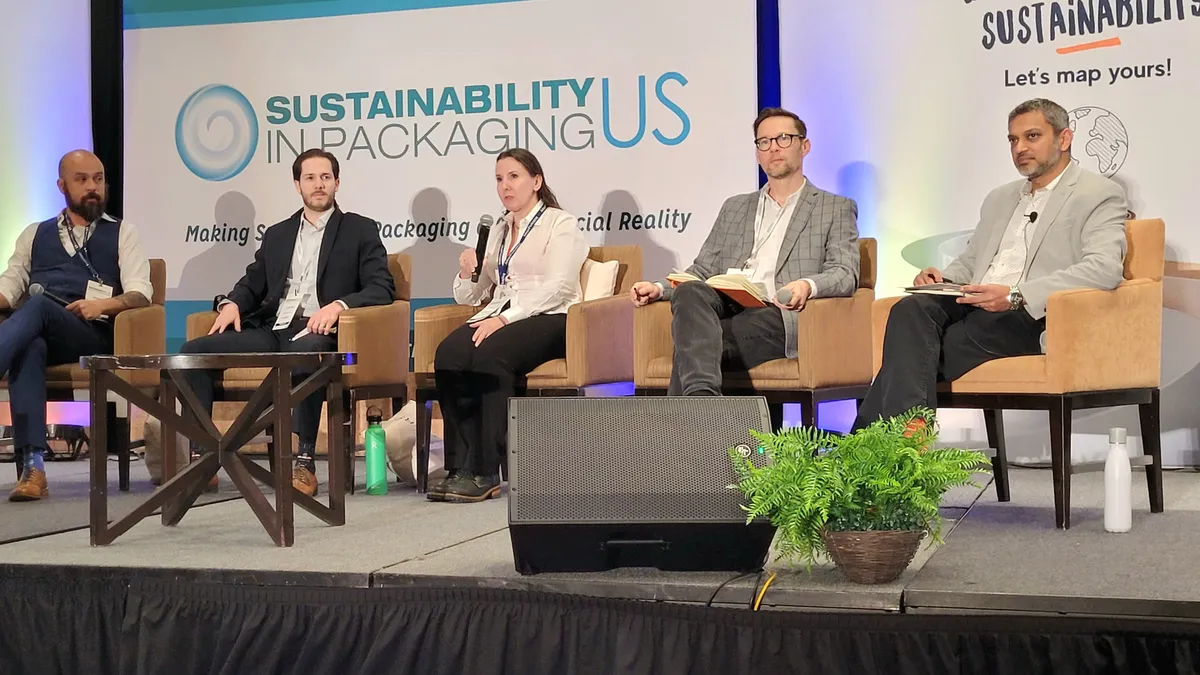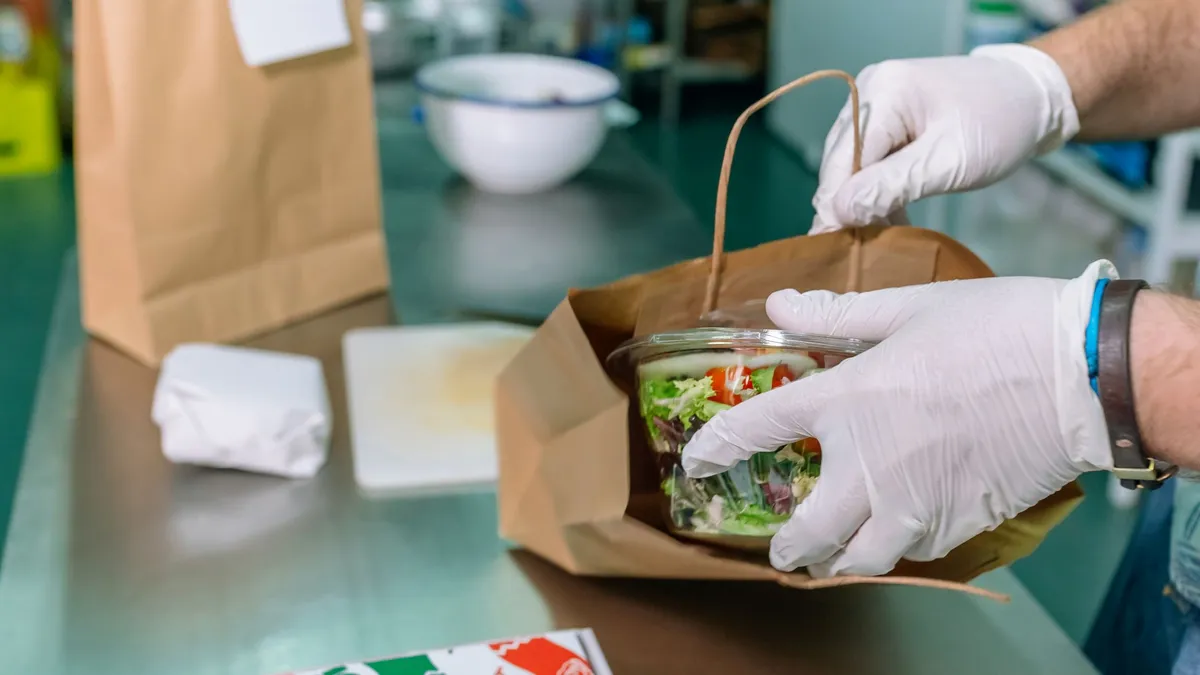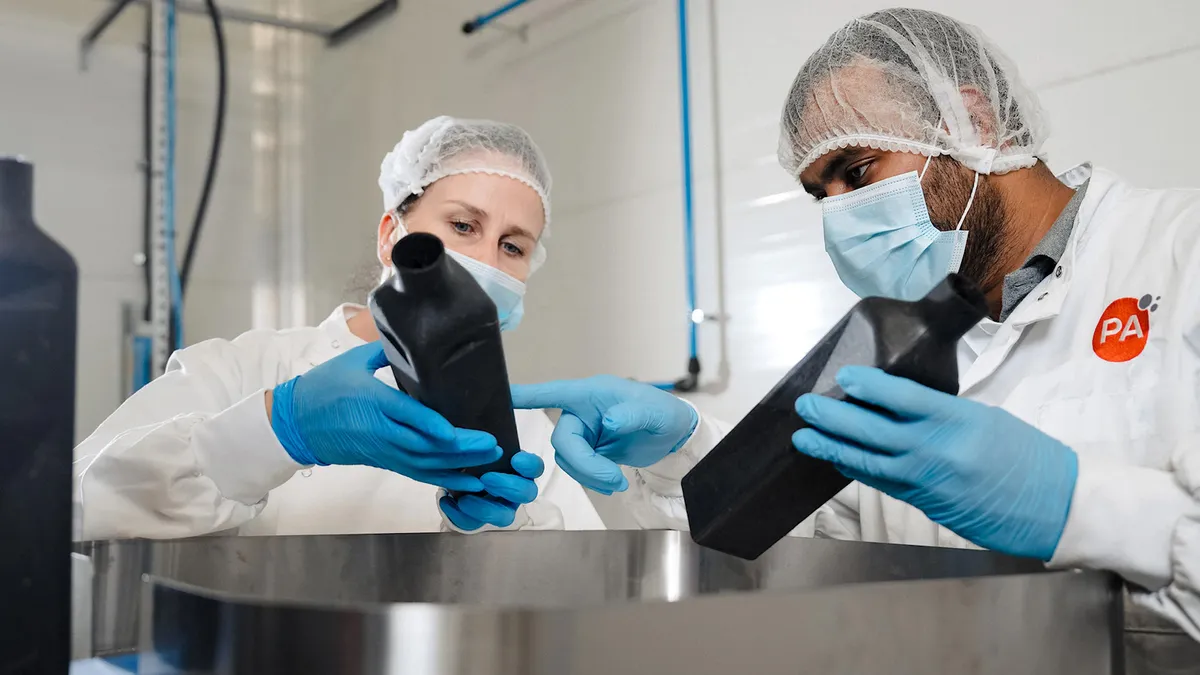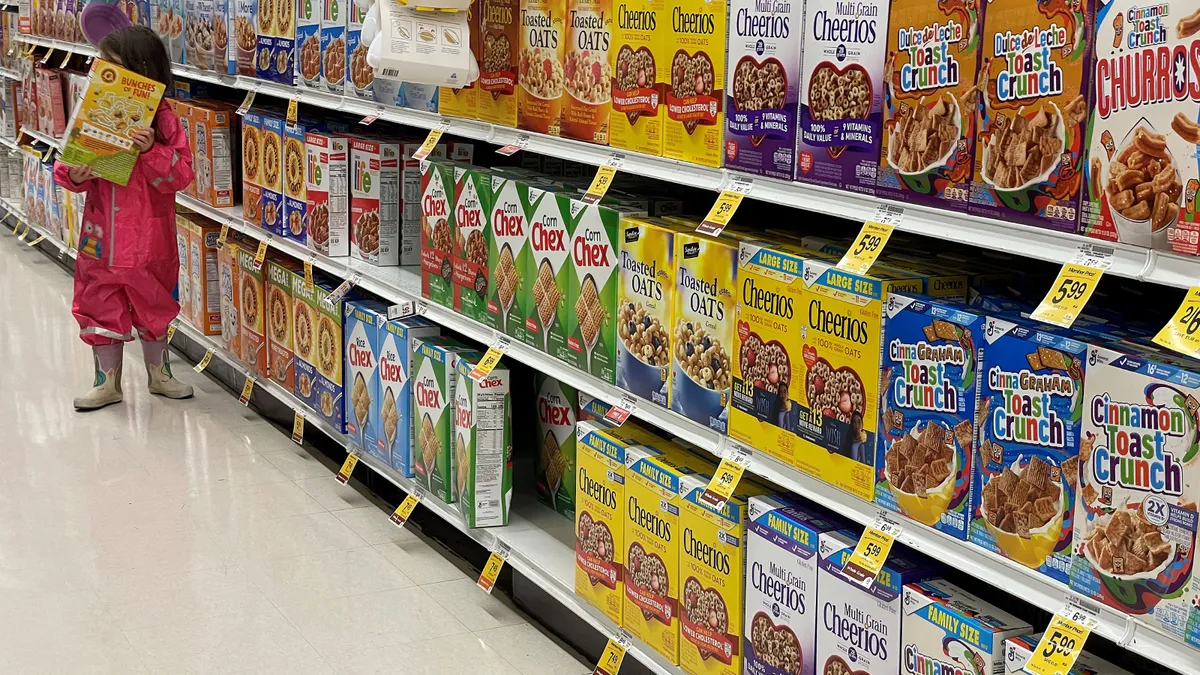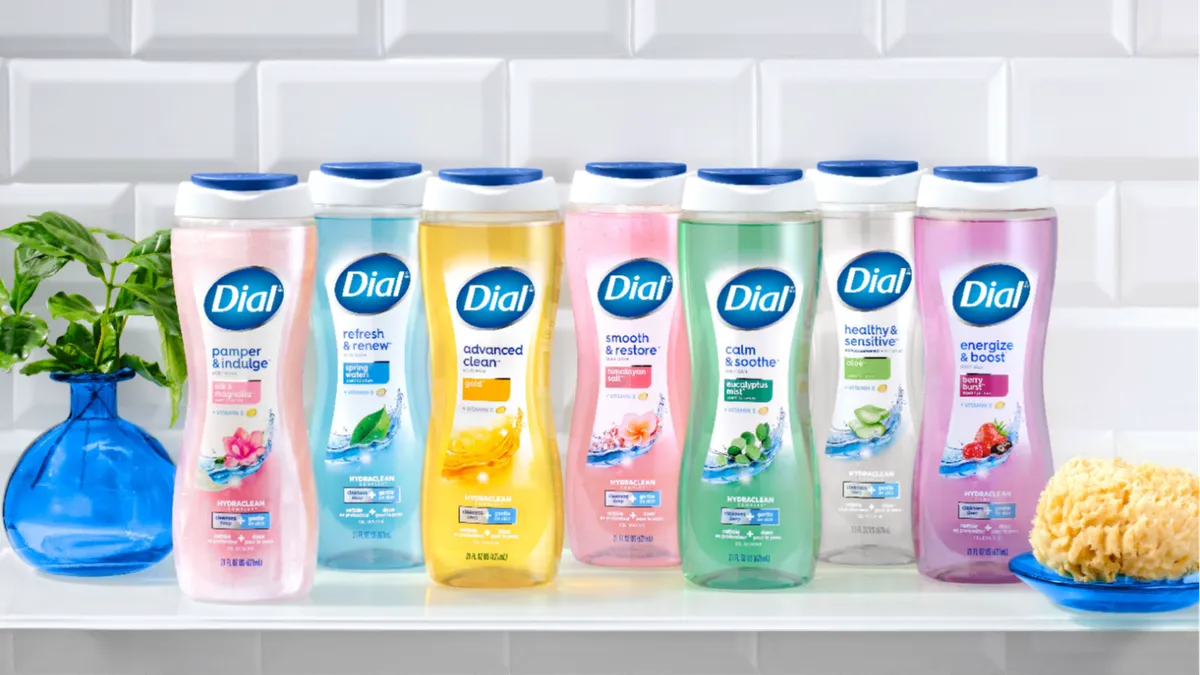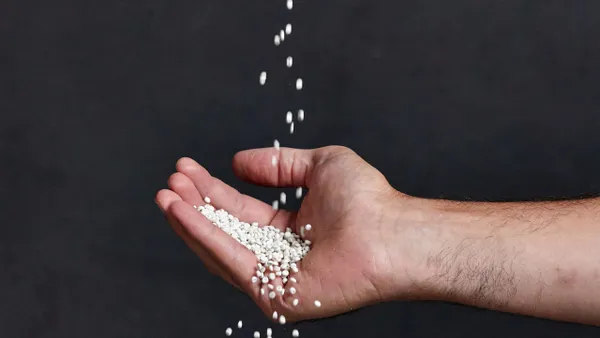As packaging experiences a wave of action toward greater sustainability, a mix of methods including adopting biomaterials, designing for recyclability and transitioning to digital manufacturing and recycling systems will push the industry forward, rather than reliance on a single sustainability solution, according to speakers at Sustainability in Packaging US in Chicago last week.
“We’ve got a long way to go, but ... there’s innovations every day and they’re going to continue to get more sustainable,” said Nate Pajka, sustainability specialist at paperboard manufacturer Metsä Board, Americas, during a session he led on LCAs. “I don’t think there’s a perfect solution at present, but we’re getting there.”
Pajka highlighted the importance of life-cycle analyses to help companies determine their products’ and services’ environmental impacts, from sourcing materials all the way through the end of a product’s life. A life-cycle analysis, or LCA, assists executives with determining which impact indicators are a priority and where tradeoffs are viable.
“You are able to consider all the parts of the value chain,” he said. “It helps us prevent greenwashing [and] creates transparency,” in part by identifying which companies are pushing the environmental responsibility to other parts of the value chain.
LCAs are a good starting point when trying to integrate sustainability and innovation into product development from the get-go, said Stephen Acciaioli, packaging manager at personal care products company Harry’s, during a panel discussion about tying innovation to packaging development to improve sustainability. Integrating sustainability with product design can be a tough sell internally because of the added costs, but “you try to manage those costs and manage the benefits of using an alternative material or [post-consumer recycled content] and build that into your development,” he said.
When innovating, it helps to think holistically and collaborate across an entire organization rather than working in silos and assuming only one department needs to consider sustainability. “The product development process itself is a little stagnant. It's not really adaptable to very broad, actionable movement” at a global scale where a disruptive shift is needed, said Charles Ho Fung, senior R&D packaging design, strategy and supply chain business partner at Molson Coors, during the same panel discussion.
Alternative and compostable materials
Innovating can mean eliminating separate packaging altogether and instead making the product do more work, such as with packaging-free shampoo bars or dissolvable detergent pods. But for now, much of the industry’s innovation centers on developing packaging from alternative materials that break down better or are more easily recycled.
"When it comes to talking about future materials and change ... it's very easy for us to talk about moving from plastic to paper. But in reality, to do something like that requires an awful lot of brain cells” because existing products have been optimized over a period of decades, said James Harmer, planning and innovation strategy lead at Cambridge Design Partnership, during the product development panel.
Numerous sessions addressed the merits of designing packaging to enhance recyclability and concepts for boosting the amount of packaging that is recycled after use. Several speakers also raised the debate over whether consumers will actually pay more for products that contain postconsumer recycled content. While studies say consumers want products with PCR, little evidence exists to show they follow through when making purchases.
“We hear this a lot ... that consumers are willing to pay more,” said Mary Jo Werlein, senior packaging manager for sustainability at Adept Packaging. “But it is definitely something to consider: How much more are consumers willing to pay in relation to how much you have to invest to have that sustainable material?”
Speakers discussed the benefits and challenges, beyond just cost, of developing compostable packaging that fully breaks down when processed — yet still effectively performs its product protection and marketing purposes. Compostable packaging is more delicate than plastic packaging and gets wrinkled with handling; that makes the exterior less appealing to consumers who view the package as old rather than as sustainable, said Kate Flynn, co-founder and CEO of Sun & Swell Foods, an organic, plant-based food company that uses compostable packaging.
Because of the materials it’s made from and its intended purpose of breaking down, compostable packaging “has a shelf life so you have to treat it like an ingredient. That has serious supply chain implications and serious cost implications, because you can’t order as much volume as if you were ordering plastic,” Flynn said. “Maybe the hardest part of it all is nobody has the answers because we’re all learning.”
Manufacturing innovation
Manufacturing and recycling processes and equipment are another area ripe for innovation, including “smart sorting” opportunities at MRFs. Upgrading to more efficient equipment typically cuts costs along with energy and water consumption, according to speakers.
Digital watermarking, in which a code is embedded in a digital image on packaging, can store and distribute valuable data as sensors track the package through various points in the value chain. The data can provide insight into consumer behavior and even go all the way to the SKU level to identify toxins or hazards in the product.
Manufacturing and recycling digitization and data collection becomes even more important as states consider joining California, Colorado, Maine and Oregon in enacting extended producer responsibility laws for packaging, said Rob Writz, director of industry relations and strategic partnerships at equipment supplier AMP Robotics. Concrete data is especially valuable during audit processes to ensure compliance and prevent fraud.
"Questions still need to be answered ... Who adapts? Is it the packaging producers and brands? Or is it the recycling infrastructure? Or is it both?" he said. "A lot of this is starting to transform how packaging producers and brands approach a lot of the generation of data. I think that's where these technologies begin to intersect."
Many packaging innovation discussions center on choice of substrate or lightweighting, but “one aspect of packaging is always overlooked, and that’s the print,” said Liz Logue, vice president of corporate business development for inkjet strategy at digital imaging technology supplier EFI.
EFI helps industrial markets transform from analog to digital printing, which is far more sustainable, Logue said. Compared with analog printing — which uses plates — inkjet printing is faster, cheaper and uses 35% less energy, she said. Plus, plates typically accumulate as waste and rarely are recycled, she said. The ink used with inkjet printing is 100% solid so no water is used, and the print is cured with an LED lamp; the ink fully releases during typical package recycling.
“If we want to be sustainable, we need to be sustainable in our print process as well,” Logue said.



